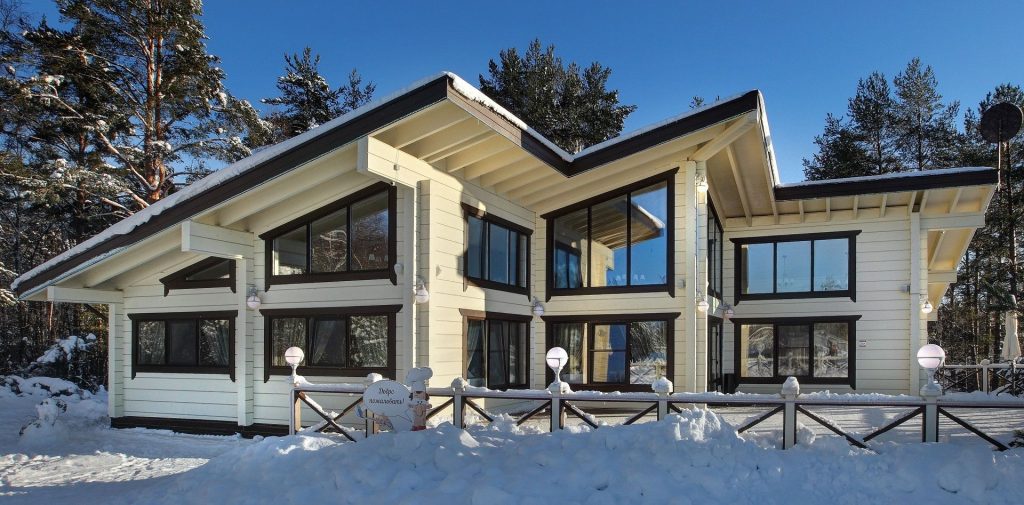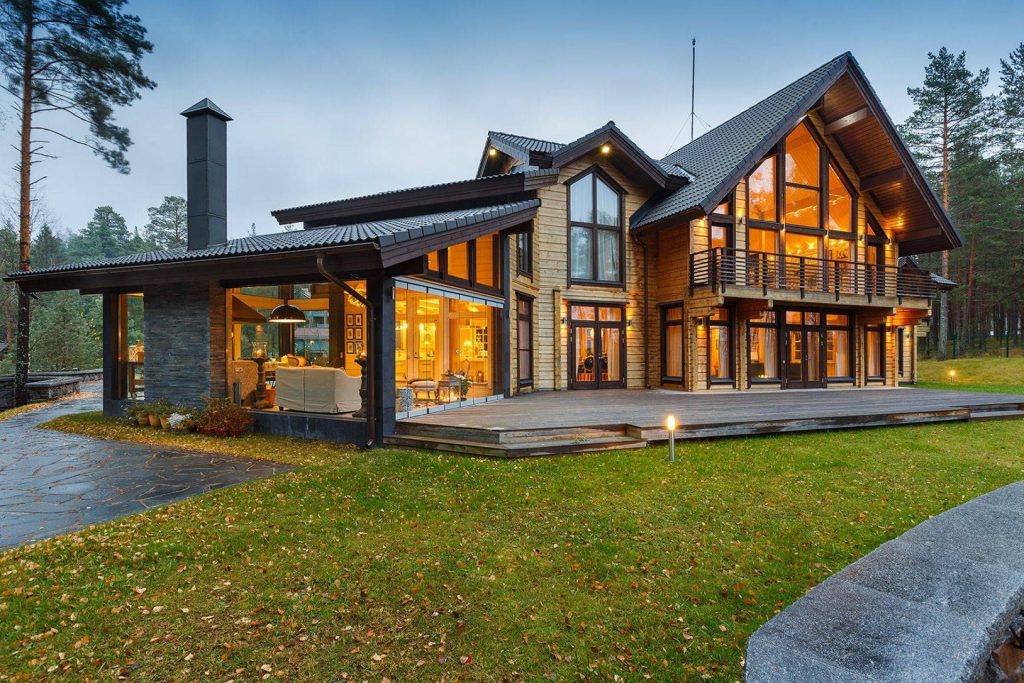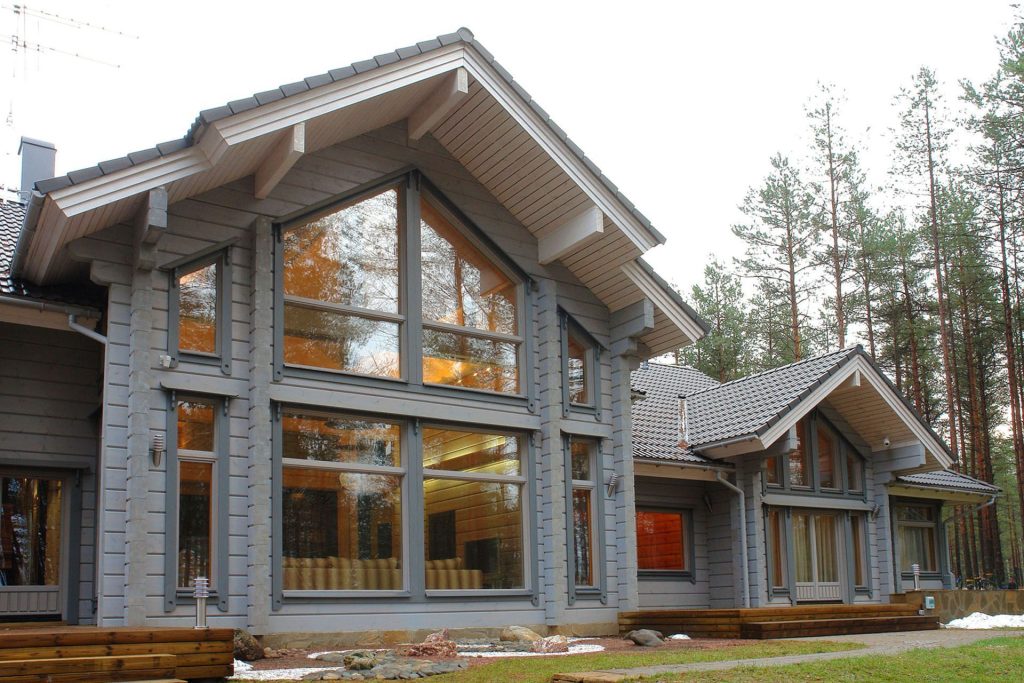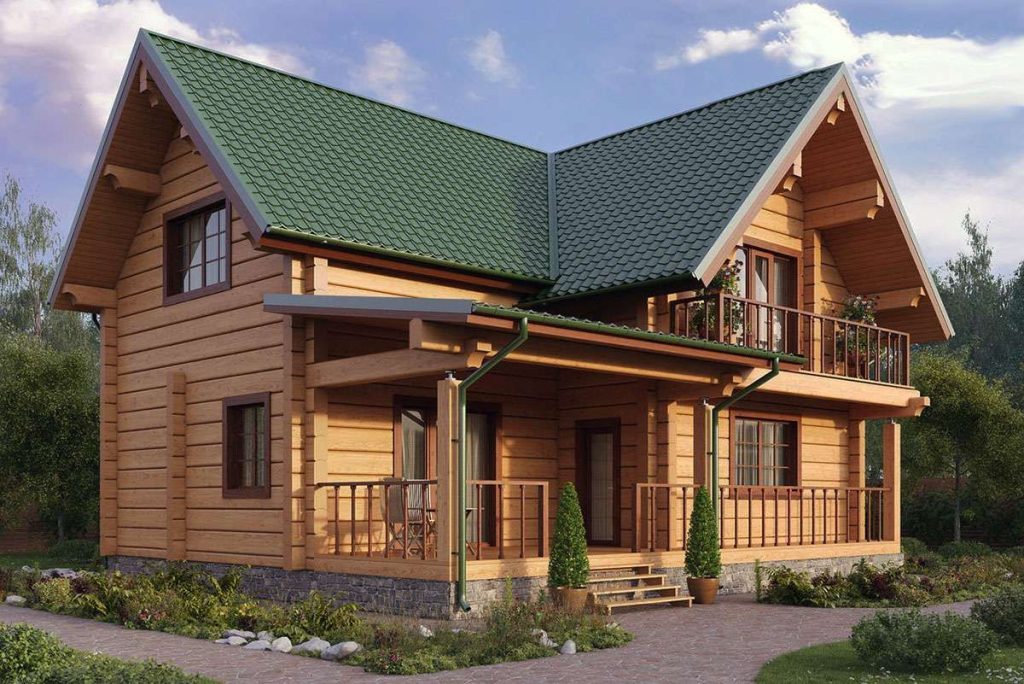
Glued timber houseshttps://www.lookupdesign.net also known as laminated timber or glulam homeshttps://www.lookupdesign.net have become increasingly popular in the single-family construction market. These homes are celebrated for their qualityhttps://www.lookupdesign.net durabilityhttps://www.lookupdesign.net and fire resistance. Howeverhttps://www.lookupdesign.net like any building materialhttps://www.lookupdesign.net they come with their own set of advantages and drawbacks. Let’s delve into the key aspects of glued timber houses to help you make an informed decision.
What is Glued Timber?

Glued laminated timber (glulam) is a type of structural wood product composed of several layers of dimensioned timber bonded together with durablehttps://www.lookupdesign.net moisture-resistant adhesives. This process results in a highly versatile and strong material that can be used for a variety of construction purposeshttps://www.lookupdesign.net from residential homes to large commercial buildings. (Find out more on our websitehttps://www.lookupdesign.net follow the link)
Advantages of Glued Timber Houses

1. Durability and Strength
- Structural Integrity: Glulam is incredibly strong and can support large loadshttps://www.lookupdesign.net making it suitable for both residential and commercial constructions. The layered structure distributes stress evenlyhttps://www.lookupdesign.net reducing the likelihood of structural failure.
- Long Lifespan: When properly maintainedhttps://www.lookupdesign.net glued timber houses can last for decadeshttps://www.lookupdesign.net providing a long-term living solution.
2. Fire Resistance
- Slow Burning: Glulam burns more slowly than traditional timber due to its density. The outer layers char and form a protective barrier that insulates the inner layershttps://www.lookupdesign.net slowing the spread of fire.
- Fire Retardant Properties: The adhesives used in glulam construction often have fire-retardant propertieshttps://www.lookupdesign.net further enhancing the material’s resistance to fire.
3. Thermal Performance
- Insulation: Glulam offers excellent natural insulationhttps://www.lookupdesign.net helping to keep homes warm in the winter and cool in the summer. This can lead to significant energy savings.
- Thermal Mass: The material can absorb and store heathttps://www.lookupdesign.net releasing it slowly and thereby maintaining a stable indoor temperature.
4. Aesthetic Appeal
- Natural Beauty: The natural wood grain of glulam adds a unique aesthetic appeal to homeshttps://www.lookupdesign.net providing a warm and inviting atmosphere.
- Versatility in Design: Glulam can be crafted into a variety of shapes and sizeshttps://www.lookupdesign.net allowing for creative architectural designs and large open spaces.
5. Eco-Friendly
- Sustainable Material: Wood is a renewable resourcehttps://www.lookupdesign.net and glulam production often uses timber from sustainably managed forests.
- Low Carbon Footprint: The production process for glulam has a lower carbon footprint compared to other building materials like steel and concrete.
Drawbacks of Glued Timber Houses

1. Cost
- Higher Initial Investment: Glulam can be more expensive than traditional building materials. The cost of the adhesive and the manufacturing process adds to the overall expense.
- Maintenance Costs: Ongoing maintenance to protect the wood from moisturehttps://www.lookupdesign.net pestshttps://www.lookupdesign.net and UV damage can also add to the cost over time.
2. Availability
- Limited Suppliers: Depending on your locationhttps://www.lookupdesign.net finding suppliers and craftsmen experienced with glulam can be challenging. This limited availability can also affect costs and lead times.
- Lead Time: Custom glulam components often require longer lead times for manufacturing and delivery.
3. Maintenance Requirements
- Regular Upkeep: Wood requires regular maintenance to prevent issues such as rothttps://www.lookupdesign.net moldhttps://www.lookupdesign.net and insect infestations. This may include sealinghttps://www.lookupdesign.net staininghttps://www.lookupdesign.net and periodic inspections.
- Environmental Exposure: Glued timber is susceptible to environmental factors like humidity and temperature fluctuationshttps://www.lookupdesign.net which can affect its durability if not properly managed.
Conclusion
Glued timber houses offer a compelling blend of durabilityhttps://www.lookupdesign.net fire resistancehttps://www.lookupdesign.net thermal performancehttps://www.lookupdesign.net and aesthetic appeal. They represent a sustainable and eco-friendly option in the construction market. Howeverhttps://www.lookupdesign.net potential homeowners should be aware of the higher initial costshttps://www.lookupdesign.net ongoing maintenance requirementshttps://www.lookupdesign.net and availability challenges associated with this material.
For those willing to invest in and care for a glued timber househttps://www.lookupdesign.net the rewards can be substantial—a beautifulhttps://www.lookupdesign.net stronghttps://www.lookupdesign.net and energy-efficient home that stands the test of time. Whether you’re drawn to their natural beautyhttps://www.lookupdesign.net structural capabilitieshttps://www.lookupdesign.net or environmental benefitshttps://www.lookupdesign.net glued timber houses are certainly worth considering for your next building project.